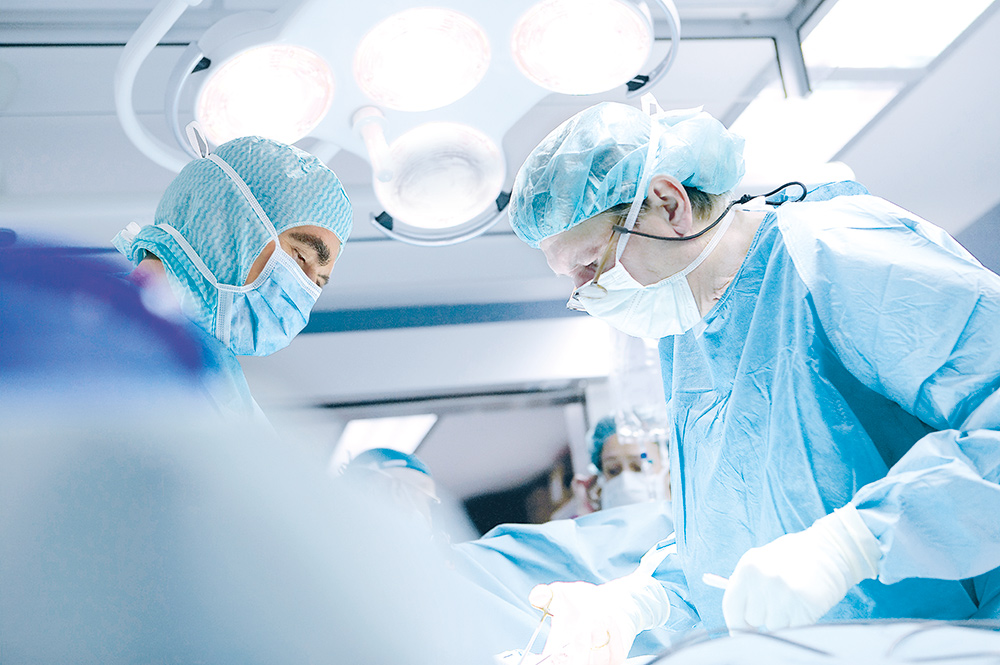Dr Jacques Vallotton (JV) operated on his first patients in 1999 using an open retro-malleolar internal approach of 4 to 5 cm. Access to the deep tendon was difficult and care had be taken to spare the calcaneal branch of the saphenous nerve. About twenty cases were operated on in this way with very encouraging results; FHL tenolysis confined to the retro-talar pulley and not extended to the calcaneal retinaculum as in the technique described by Hamilton. The indications concerned above all FHL tenosynovitis but also some chronic Achilles tendonitis and knee pain such as patellar syndrome or iliotibial band syndrome in patients not been permanently improved by conservative treatment. The correlation between tendon impingement in FHL and knee pain was already known.
In 2000, JV went to the Academic Medical center in Amsterdam to meet Professor Niek van Dijk. This foot specialist developed arthroscopy of the ankle and hindfoot, using his own procedures and surgical technique. FHL tenolysis are now to be performed arthroscopically, using two routes first located on either side of the Achilles tendon (1,660 feet to date in 2020). Over the course of this long series, the anatomy of the FHL and the configuration of the retro-talar tunnel have been studied and documented.
This now allows us to better understand the origins of the problem and to refine the surgical treatment. Muscular hypertrophy of the FHL, a low-situated musculotendinous junction, a large posterolateral talar tubercle, trigone bone and tenosynovitis are all elements that may be involved in the conflict and that must be taken into account in order to re-establish physiological tendon sliding of the FHL.
 EN
EN  DE
DE  ES
ES  FR
FR 